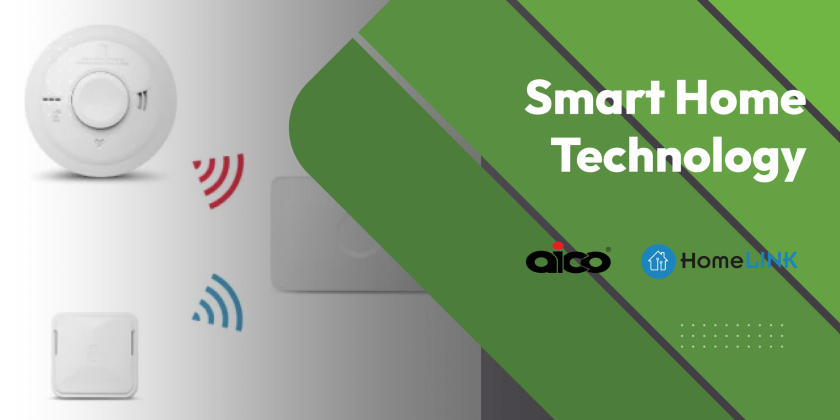As the world shifts towards renewable energy, solar panels are becoming an increasingly popular choice for households aiming to reduce their carbon footprint and save on energy bills. Choosing the right solar panel system for your home can seem daunting, with a myriad of options to consider, from different types of panels to the intricacies of installation. This guide aims to demystify the process, breaking down the essential factors and considerations to help you make an informed decision. Whether you’re motivated by environmental concerns or simply seeking long-term savings, understanding the basics of solar energy can empower you to take the next step with confidence. Join us as we explore the key elements of selecting a solar panel system that perfectly suits your home and lifestyle.
Understanding Solar Panel Types
Choosing the right type of solar panel is crucial for optimising efficiency and cost-effectiveness. Various types of panels have different characteristics, which may affect performance based on your specific circumstances.
Monocrystalline vs. Polycrystalline
Monocrystalline panels are made from single-crystal silicon, making them highly efficient and long-lasting. They typically feature a uniform black colour. In contrast, polycrystalline panels are created from multiple silicon fragments melted together, resulting in a blue hue. While they are less efficient than monocrystalline panels, they are often more affordable.
|
Feature |
Monocrystalline |
Polycrystalline |
|---|---|---|
|
Efficiency |
High |
Medium |
|
Colour |
Black |
Blue |
|
Cost |
Higher |
Lower |
-
Efficiency: Monocrystalline panels offer better performance in limited space.
-
Cost: Polycrystalline panels are ideal for those on a budget.
-
Longevity: Both types generally last over 25 years, but monocrystalline may have a slight edge in durability.
Thin-Film Solar Panels
Thin-film panels are constructed by layering photovoltaic material on a substrate. These panels are lightweight and flexible, making them suitable for unconventional surfaces. Although they possess lower efficiency compared to crystalline panels, they offer unique advantages.
-
Flexibility: Ideal for curved surfaces or unusual installations.
-
Weight: Their lightweight nature reduces structural load on roofs.
-
Aesthetics: Available in various colours, offering more design options.
Thin-film panels are particularly useful in situations where traditional panels can’t be effectively used. However, their reduced efficiency means they require more space to generate the same amount of energy.
Emerging Technologies in Solar
Emerging technologies in solar energy are paving the way for increased efficiency and new applications. Perovskite solar cells are gaining attention due to their potential for high efficiency and low production costs. Additionally, bifacial solar panels capture sunlight from both sides, increasing energy output.
-
Perovskite cells: Currently in development, these could revolutionise solar energy with their high efficiency potential.
-
Bifacial panels: Capture more sunlight by utilising reflections from surfaces below.
While these technologies are promising, they are not yet widely available for residential use. Keeping an eye on advancements can help you make informed decisions when upgrading or installing new panels.
Assessing Your Energy Needs
Understanding your energy requirements is essential before investing in solar panels. Accurate assessment ensures that your system will meet your current and future energy demands.
Calculating Household Energy Usage
To determine your household’s energy usage, start by reviewing your electricity bills. Most bills list your monthly or yearly kilowatt-hour (kWh) consumption. Compile this data to get an average monthly usage figure.
-
Review past electricity bills: Gather data from at least 12 months.
-
Calculate average monthly usage: Sum the kWh used and divide by 12.
-
Consider seasonal variations: Adjust for months with higher or lower usage.
Understanding your average energy consumption helps in determining the size of the solar system you’ll need. Use online calculators or consult professionals to refine your analysis.
Future Energy Considerations
Planning for future energy needs is as important as assessing current usage. Consider potential lifestyle changes, such as the addition of electric vehicles or home extensions, which might increase energy consumption.
-
Electric vehicles: Factor in the additional energy required for charging.
-
Home extensions: New rooms or appliances may increase consumption.
-
Energy efficiency improvements: Upgrades might reduce future energy needs.
By considering these factors, you can ensure your solar panel system remains adequate over time, avoiding the need for costly upgrades.
Evaluating Installation Options
Installation options greatly influence the efficiency and aesthetics of your solar panel system. Selecting the right mounting system can optimise energy capture and enhance your property’s appearance.
Roof-Mounted Systems
Roof-mounted systems are the most common type of solar installation. They utilise existing space, making them ideal for homes with sufficient roof area facing the sun.
-
Space-saving: Utilises rooftop space without occupying land.
-
Aesthetic integration: Panels blend with the home’s architecture.
-
Efficiency: Optimal for roofs with good sun exposure.
Considerations for roof-mounted systems include the structural integrity of your roof and shading from nearby trees or buildings.
Ground-Mounted Systems
Ground-mounted systems offer flexibility in positioning and are suitable for properties with ample land. They are especially useful for homes with unsuitable roof orientations or limited roofing space.
-
Flexible placement: Can be positioned for optimal sun exposure.
-
Ease of maintenance: Accessible for cleaning and upkeep.
-
Scalability: Easily expanded if energy needs grow.
When considering ground-mounted systems, ensure you account for local zoning regulations and potential land use restrictions.
Financial Considerations and Incentives
Financial aspects and available incentives play a significant role in the decision-making process for solar panel installation. Proper evaluation of costs and benefits ensures you maximise your investment.
Initial Costs and Long-term Savings
The initial cost of a solar panel system can be significant, but long-term savings on energy bills often justify the investment. Consider both the purchase and installation costs.
-
Initial investment: Equipment and installation are upfront expenses.
-
Savings: Reduced electricity bills lead to cost recovery over time.
-
Return on Investment (ROI): Calculate the payback period to assess financial viability.
Understanding the balance between upfront costs and future savings is key to making an informed decision.
Government Schemes and Rebates
Many governments offer incentives to offset the cost of solar panel installation. These include grants, tax credits, and rebates that can significantly lower the initial financial burden.
-
Grants: Direct financial assistance for installations.
-
Tax credits: Reduce taxable income, lowering overall tax liability.
-
Rebates: Cash back after installation completion.
Check local government websites or consult with solar providers to explore available incentives that could enhance affordability.
Maintenance and Longevity
Regular maintenance and understanding the lifespan of components are vital to ensuring your solar panel system remains efficient and operational over time.
Routine Maintenance Tips
Routine maintenance helps preserve the efficiency of your solar system. Simple upkeep tasks can prevent potential issues and ensure optimal performance.
-
Cleaning: Remove dust and debris regularly to maintain efficiency.
-
Inspection: Check for damage or wear periodically.
-
Monitoring: Use monitoring systems to track performance and detect anomalies.
Routine maintenance can be performed by homeowners or through professional services, ensuring your solar panels continue to deliver expected energy outputs.
Maximising System Lifespan
Maximising the lifespan of solar panels involves both preventive care and understanding warranty terms. Most panels come with warranties guaranteeing performance for 25 years or more.
-
Quality components: Invest in high-quality panels and inverters.
-
Professional installation: Ensure proper setup to avoid future issues.
-
Warranty adherence: Follow manufacturer guidelines to keep warranties valid.
By focusing on quality and adhering to maintenance schedules, you can maximise the return on your solar investment, ensuring it continues to benefit your household for decades.


